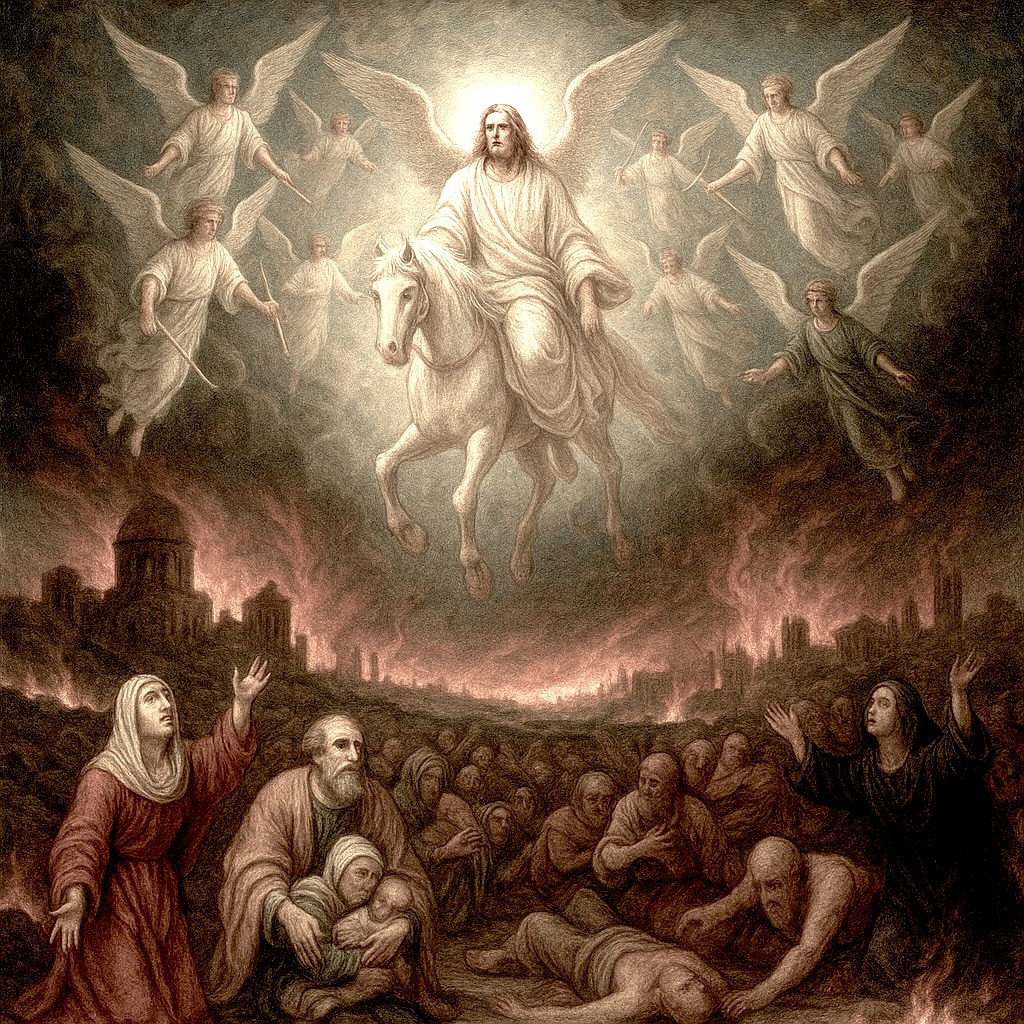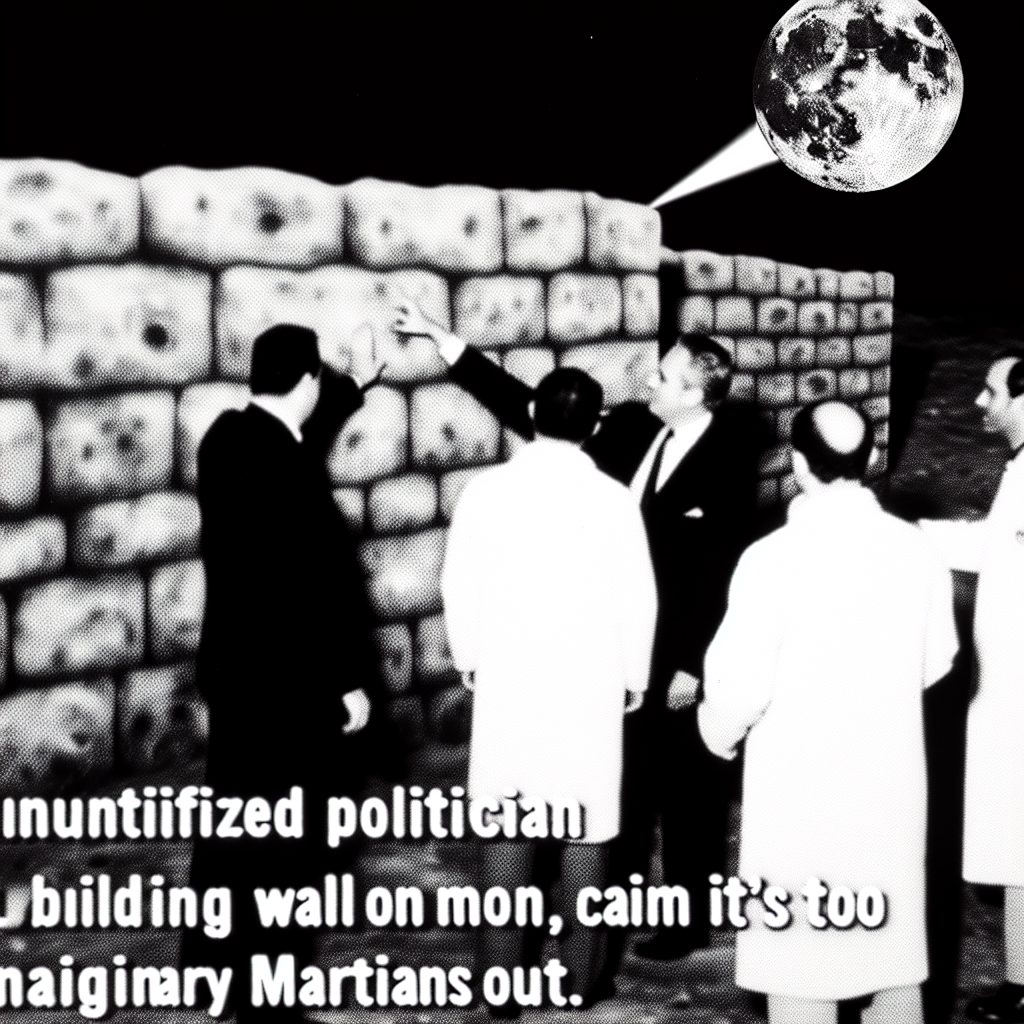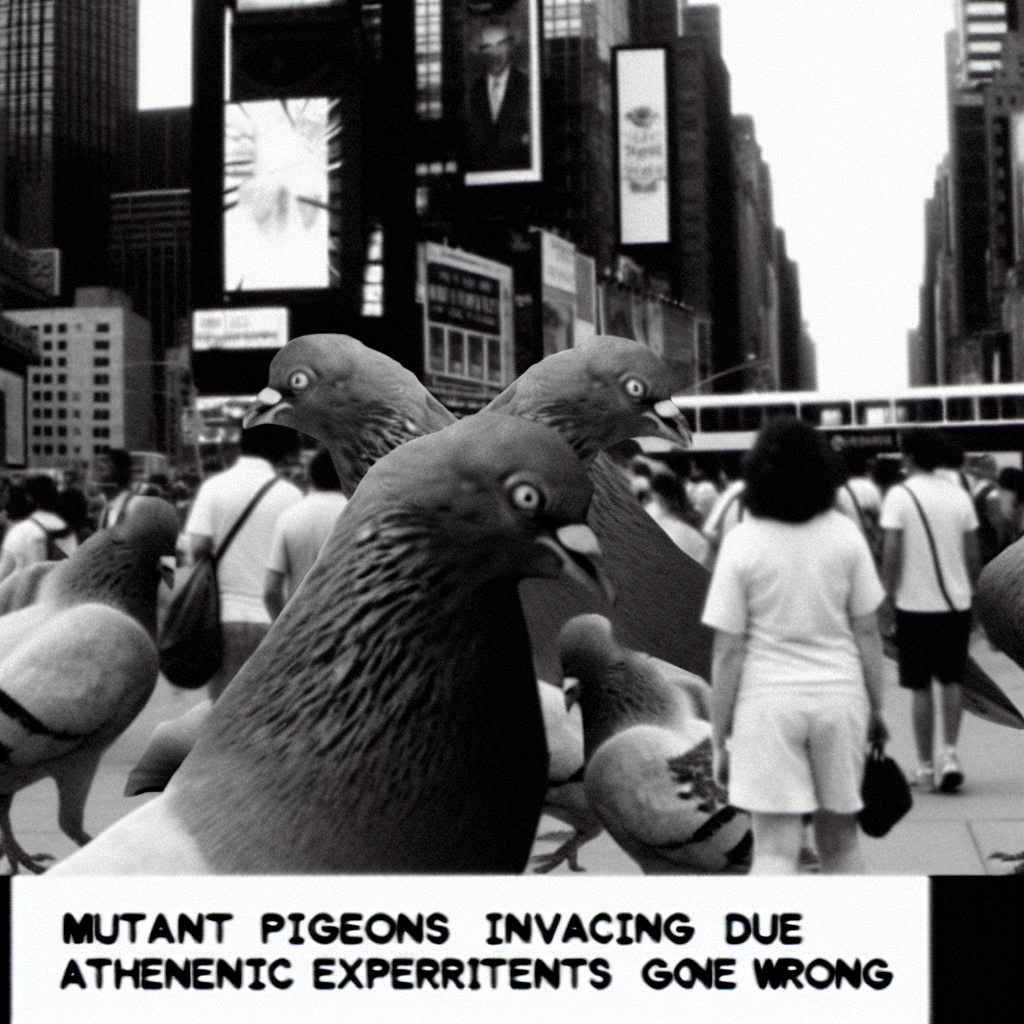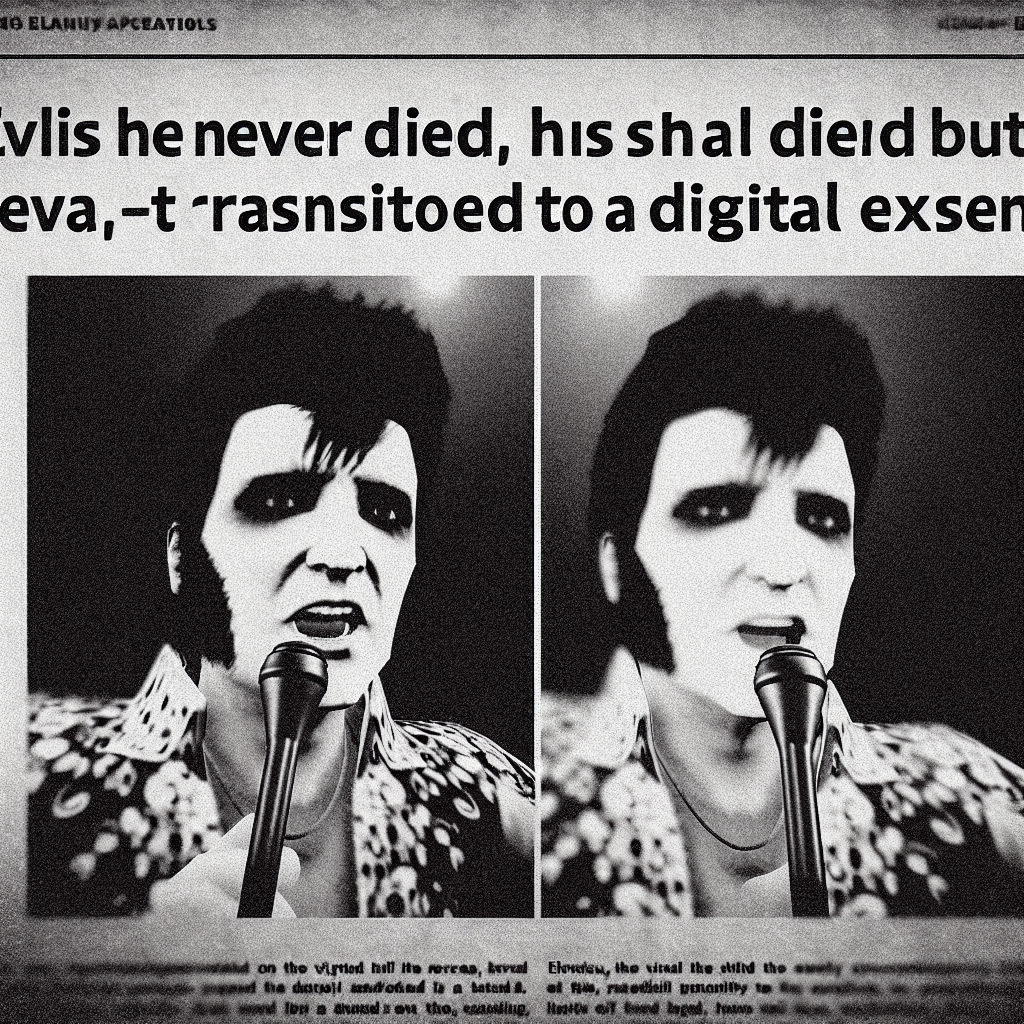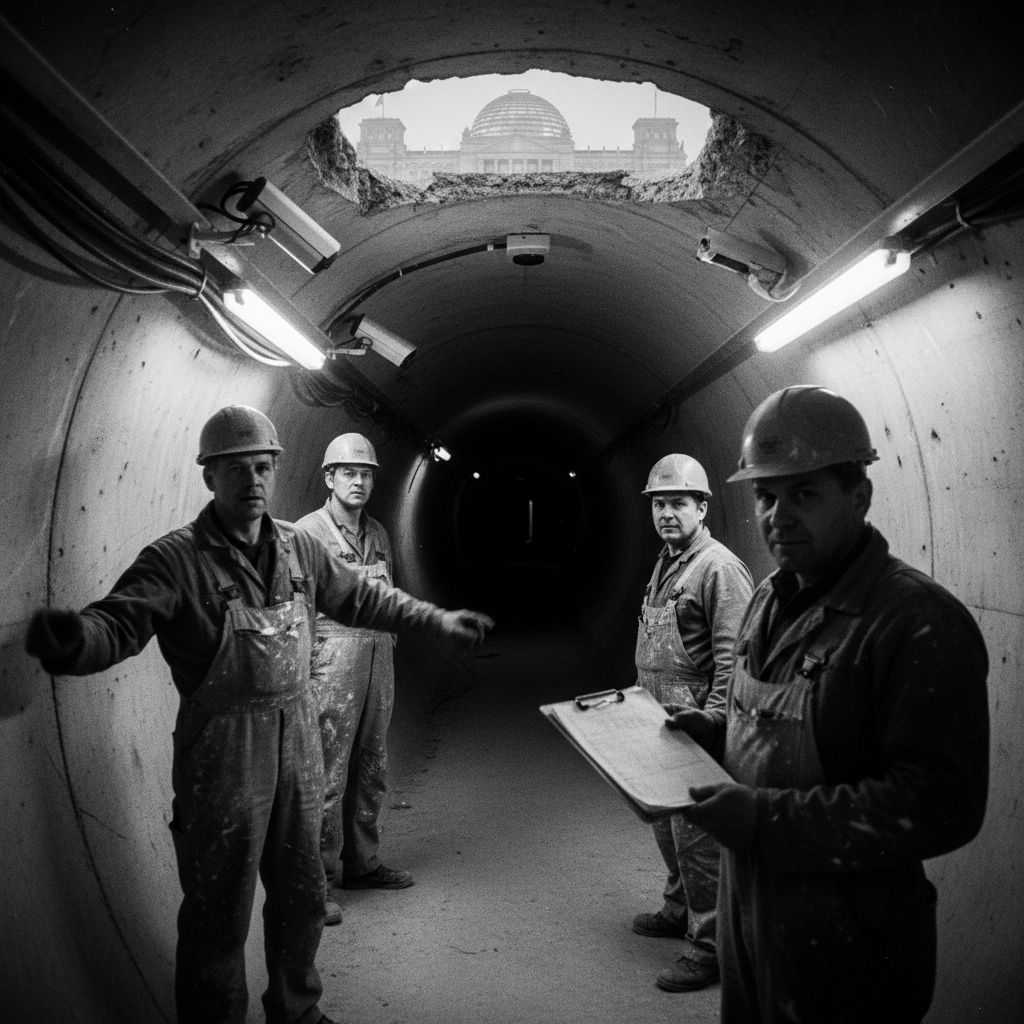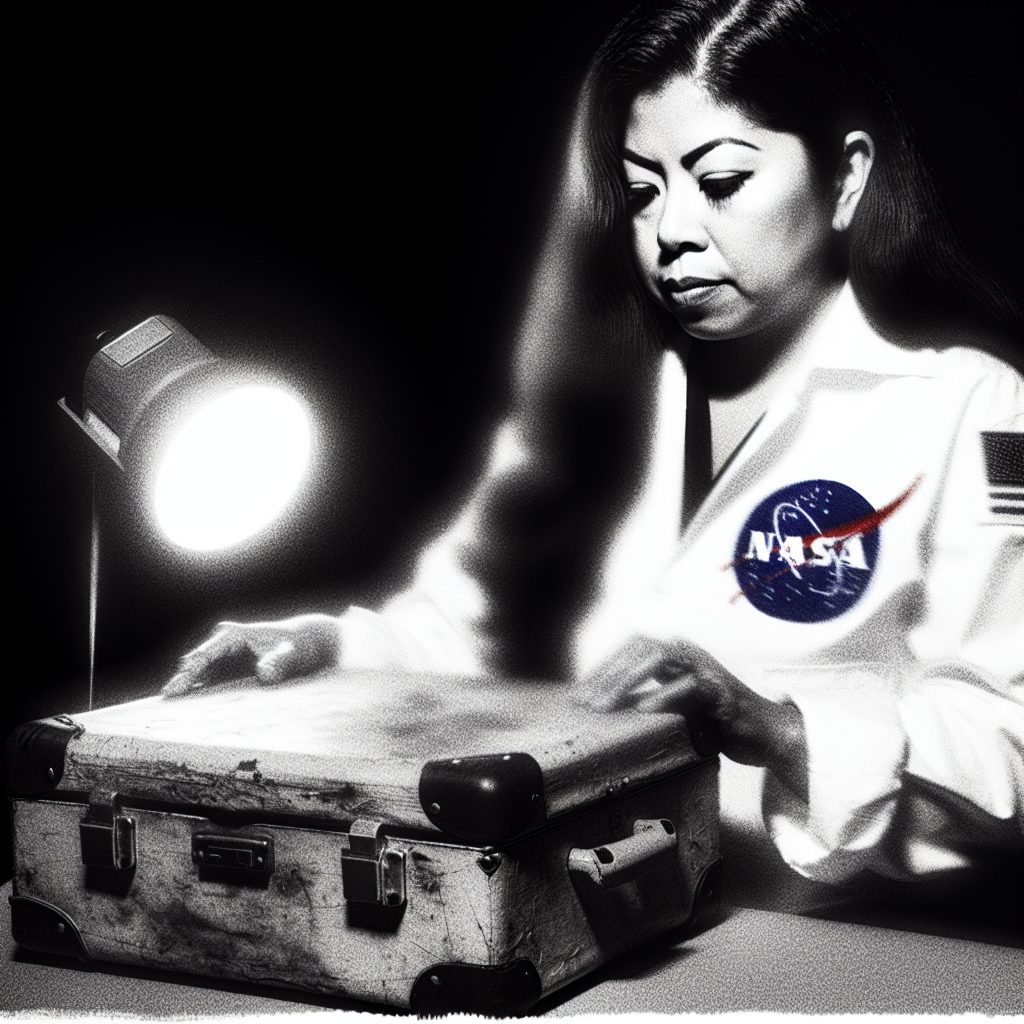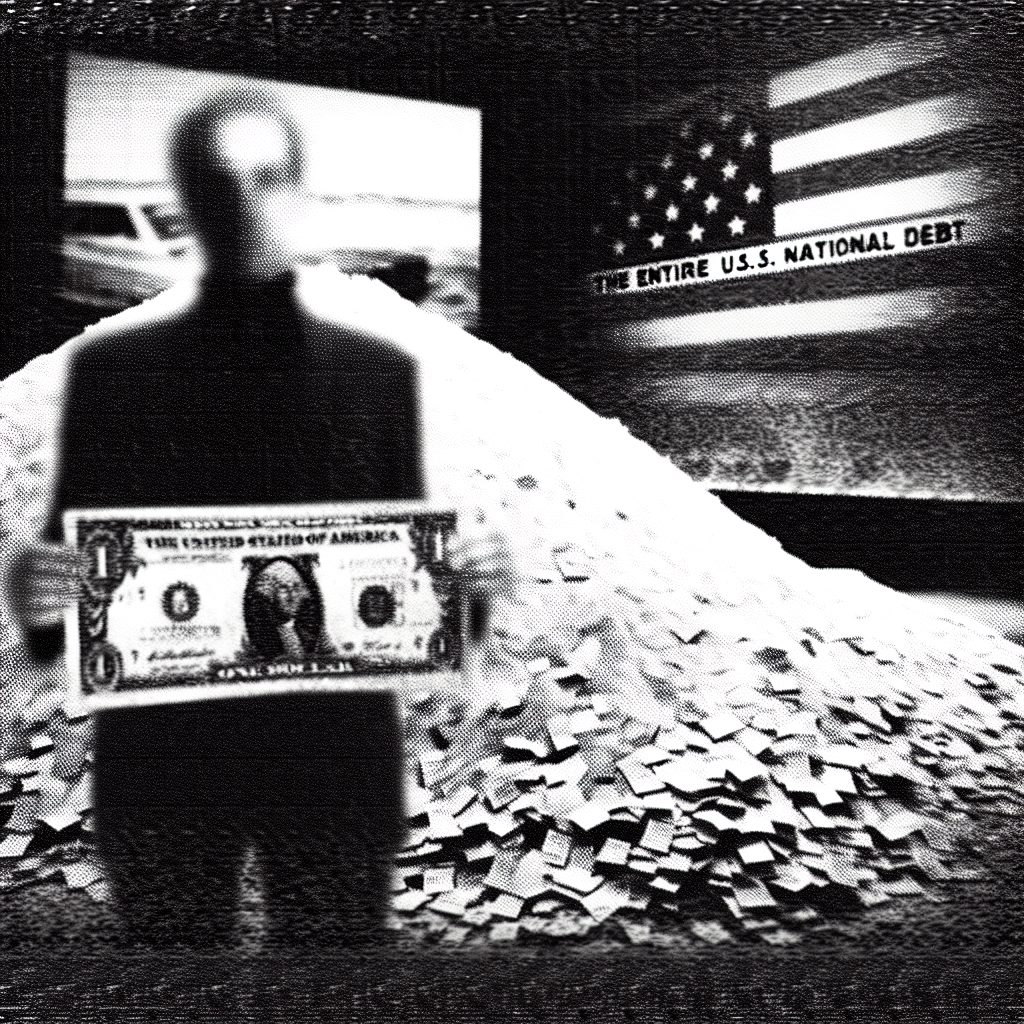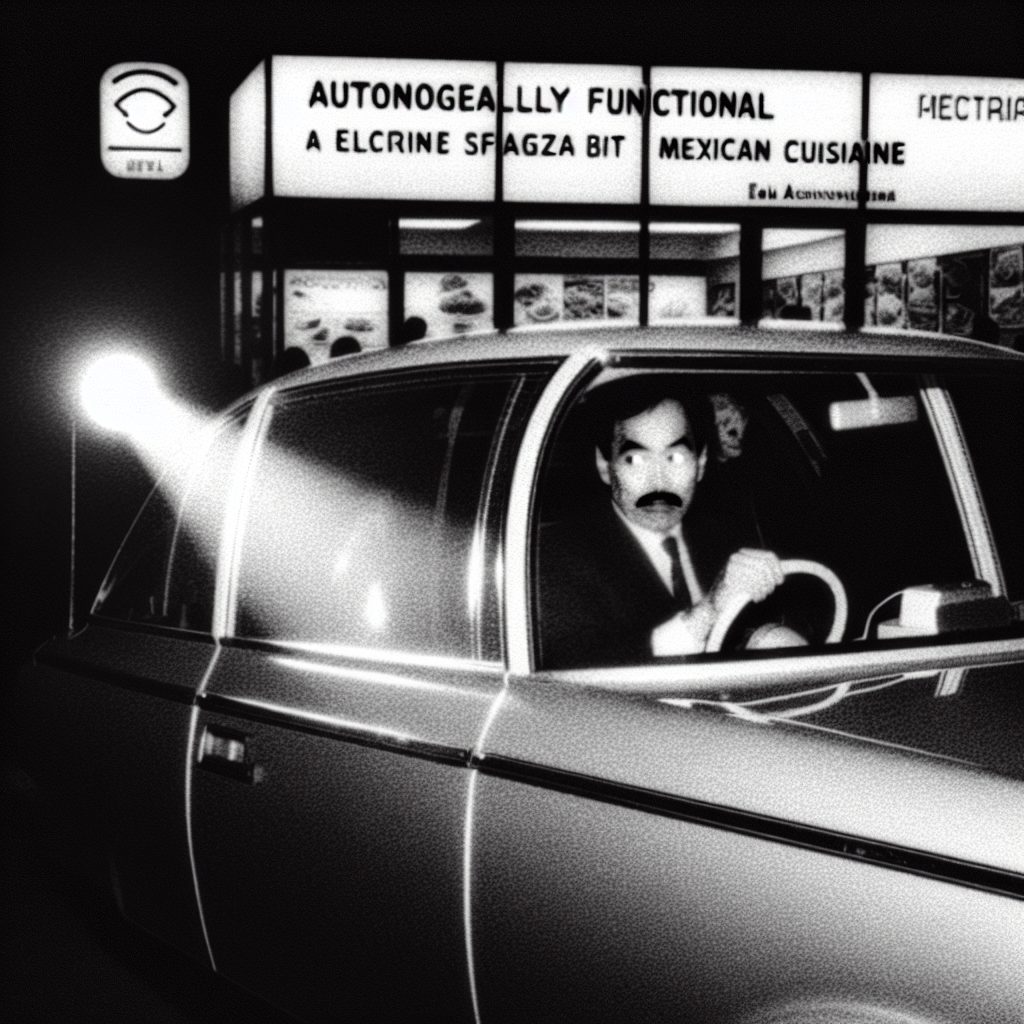Secret tunnel links Berlin Reichstag with red-light district
Politicians explain: “Just a shortcut to the cafeteria!”
BERLIN, GERMANY – Construction workers renovating the historic Reichstag building have uncovered a shocking secret that has sent tremors through the highest levels of German government: a sophisticated underground tunnel system directly connecting the seat of democracy to Berlin’s notorious red-light district.
The discovery was made last Tuesday when contractors drilling for a new fiber optic cable system broke through into what they initially believed was a forgotten World War II bunker. Instead, they found a meticulously maintained passageway stretching nearly two kilometers beneath the city streets, complete with motion-sensor lighting, ventilation systems, and what sources describe as “suspiciously recent” maintenance logs.
“I couldn’t believe my eyes,” said Klaus Müller, a construction foreman who was among the first to explore the tunnel. “This wasn’t some dusty old relic. The walls were freshly painted, there were modern security cameras every fifty meters, and I swear I saw a politician’s aide coming up from the other direction with what looked like takeout bags.”
The tunnel, which sources confirm emerges in the basement of a building housing several establishments in the Friedrichshain district, has sparked a frenzy of speculation about its true purpose. While government officials scramble to contain the story, leaked documents suggest the passageway has been in continuous use for decades.
Parliamentary spokesperson Friedrich Weber hastily called a press conference yesterday, insisting the tunnel serves an entirely innocent purpose. “This is simply a shortcut to our favorite cafeteria,” Weber explained, perspiration visible on his forehead despite the cool October weather. “The schnitzel there is exceptional, and our legislators often work very late hours. We saw no harm in creating a more efficient route for meal procurement.”
However, this explanation has failed to satisfy critics and investigative journalists who point out several glaring inconsistencies. City records show no licensed cafeteria operating in the area where the tunnel emerges. Additionally, security footage allegedly shows numerous high-ranking officials using the passage at all hours, often returning with suspicious grins and loosened ties rather than food containers.
Dr. Helena Richter, a political corruption expert at Berlin University, believes the tunnel represents something far more sinister than late-night dining expeditions. “What we’re seeing here is potentially the most elaborate influence-peddling scheme in modern European politics,” Dr. Richter warned. “The location, the secrecy, the obvious expense involved in maintaining this infrastructure – none of it supports the innocent cafeteria story. Someone has gone to extraordinary lengths to ensure certain activities remain hidden from public scrutiny.”
The tunnel’s sophisticated construction has raised additional questions about funding sources. Engineering estimates suggest the project would have cost millions of euros, money that appears nowhere in official government budgets. The passage features reinforced concrete walls, industrial-grade air filtration systems, and what one source described as “hotel-quality carpeting throughout.”
Perhaps most disturbing are reports from local residents who claim to have noticed unusual patterns of official vehicles parking near the tunnel’s red-light district entrance during late evening hours. Several witnesses report seeing license plates registered to various government ministries, though officials vehemently deny any knowledge of such visits.
The scandal has already claimed its first casualty, with Deputy Minister Hans Krause announcing his sudden resignation yesterday, citing “personal health issues” and an immediate need to “spend more time with family.” Krause notably refused to answer reporters’ questions about his familiarity with the tunnel system.
As investigations continue, one thing remains clear: Berlin’s political establishment is desperately trying to bury this story deeper than their secret underground passage. But with construction workers, journalists, and corruption experts all digging for truth, the full extent of this subterranean scandal may soon see the light of day.
Government officials have announced the tunnel will be “permanently sealed” next week, conveniently before any independent investigators can conduct thorough examinations of the evidence.
The characters and events depicted in this story are entirely fictitious. Any similarity to real persons, living or dead, or to actual events is unintentional and purely coincidental.


